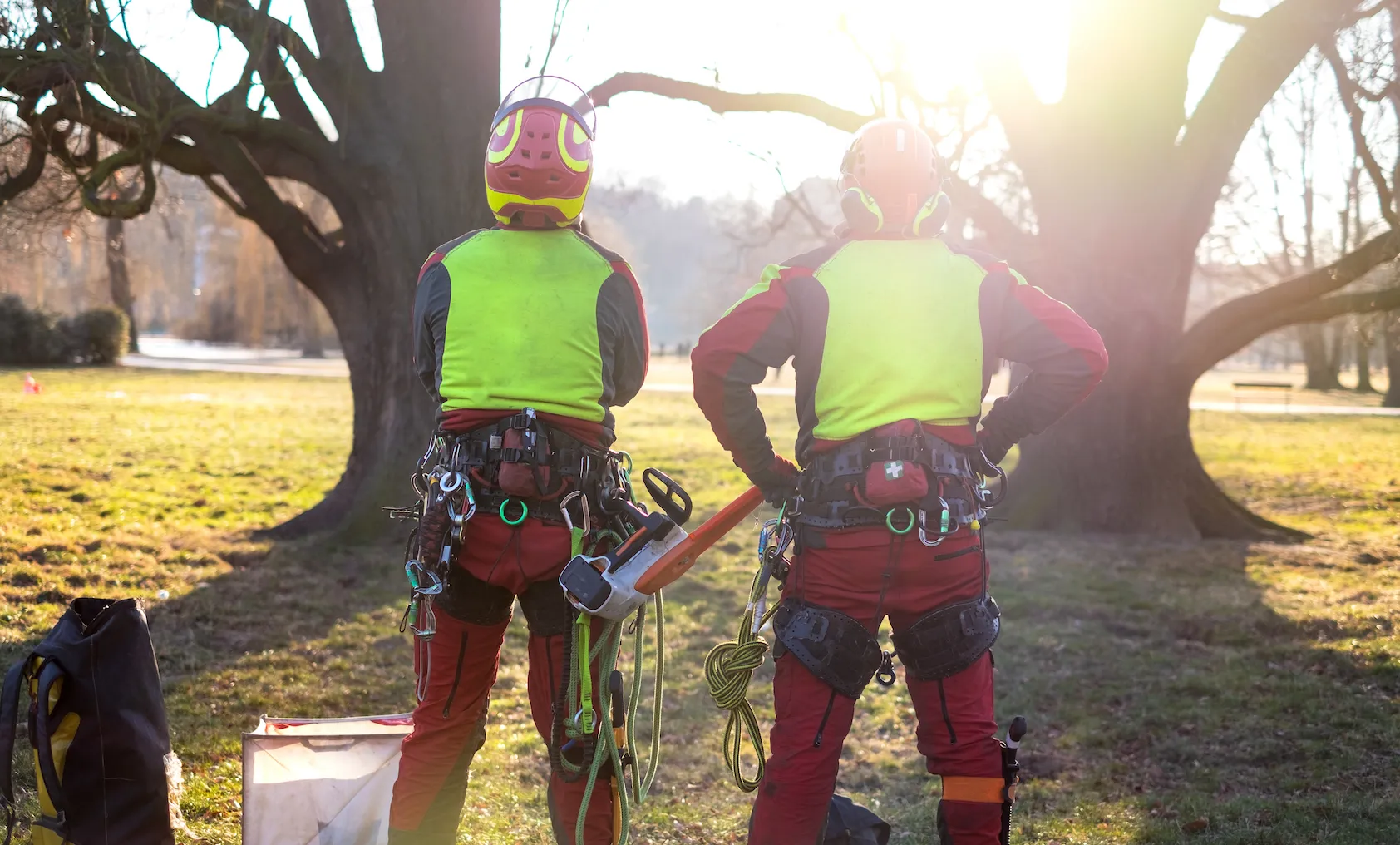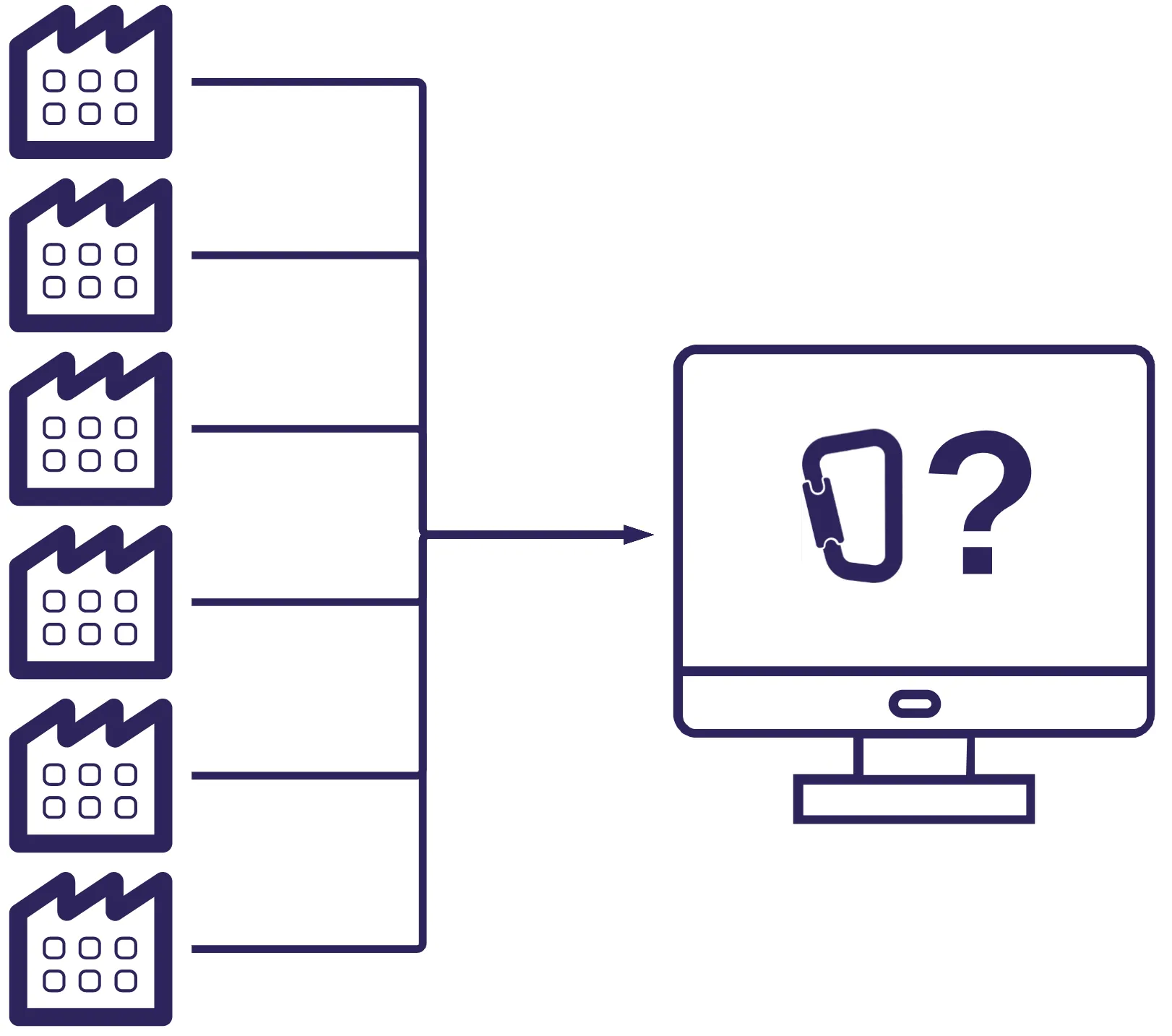
Scannable might be the new kid on the block, but our founding team have been in the height safety industry for more than seven years, in various roles across manufacturers, retailers, and users of safety equipment.
Having been part of some of the early forays into PPE digitisation, we've had years to gather feedback on various manufacturer's attempts to go digital.
Equipment management, inventory management, safety inspections, or simply knowing what you own and how old it is are all still too hard.
The market has spoken, and we've listened.
We've heard three things from every user of safety equipment, commenting on various manufacturer's solutions to digitising PPE:
We've seen many iterations of digital PPE solutions. Here’s seven things we’ve learnt so far:
.webp)
In the past, you just needed equipment. Now, you can’t use the equipment without the data behind each serial number.
You know the drill.
Declaration of conformity. User instructions. Technical specs. Compatibility charts.
You need all of it before you can even think about scratching up that shiny new piece of gear, not to mention a place to record the date of first use and log safety inspections. The days of whipping something out of the packet and throwing it straight on your harness are well and truly behind us.
.webp)
Most new products that a manufacturer releases gets a webpage detailing the equipment information needed to use the product. There's a few things we think aren’t great about this:
.webp)
Some manufacturers have recognised the trouble that equipment users are having when it comes to tracing gear, equipment management, safety inspections and compliance. They’ve taken the leap and developed their own apps to tackle this, however the industry is yet to see any of these apps solve the problem.
We like to compare it to the way we listen to music.
Imagine if every artist had their own app, and that was the only way you could listen to their music. One app for Pink Floyd, and another for Jimmy Hendrix. And maybe Taylor Swift if that’s what you’re into, no judgement here. You can’t even shuffle, or create playlists of different artists!
Luckily, Spotify solves this really nicely, which means you can listen to all of your favourite artists in one place.
Unsurprisingly, equipment users have told us they expect the same in height safety. You don’t need one app for Petzl gear and another for Courant ropes. We believe it makes sense to have one app for all of the equipment you use, no matter who made it.
.webp)
Asset Management apps would like access to manufacturers’ product data to make things easier for their customers. But, not unlike our Shopify analogy, a manufacturer partnering with one app doesn’t solve the problem for the manufacturer, or for many of the manufacturer’s customers.
From multinational corporations and nationwide companies to small businesses, sole traders and contractors, equipment owners come in all shapes and sizes. It makes sense that the systems and software needs of a big corporate are different to a sole trader. It also makes sense that one app isn’t going to work for each size of equipment user.
.webp)
Rope traceability is hard! We go into this in more depth here. Creating a solution to solve the issues that resellers face is really high on the priority list. Resellers just deal with so much rope. Cutting, splicing or sewing terminations, and keeping track of recalls is next level hard.

This goes hand in hand with our second point. There’s no good place for resellers to get the data they need about the equipment they sell. There’s far too much time being spent on manual data entry and searching for information. There are struggles with rope traceability and recalls. The vertical world has a data problem, and resellers are bearing the brunt of it.
%252520(1).webp)
The height safety industry needs an easy to use mobile compatible solution for equipment that works with any manufacturer.
And it needs to add value to every equipment owner, not just offices box-checking compliance.
We've created Scannable with these lessons in mind. We’re building the tech that connects the vertical world. And we can make it so that you can just tap your phone against your equipment to quickly access all of the information you need.
Why? Because we believe that if it’s easy to get the information you need about your equipment, you’ll make better decisions - which means you’re safer at work.